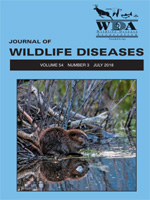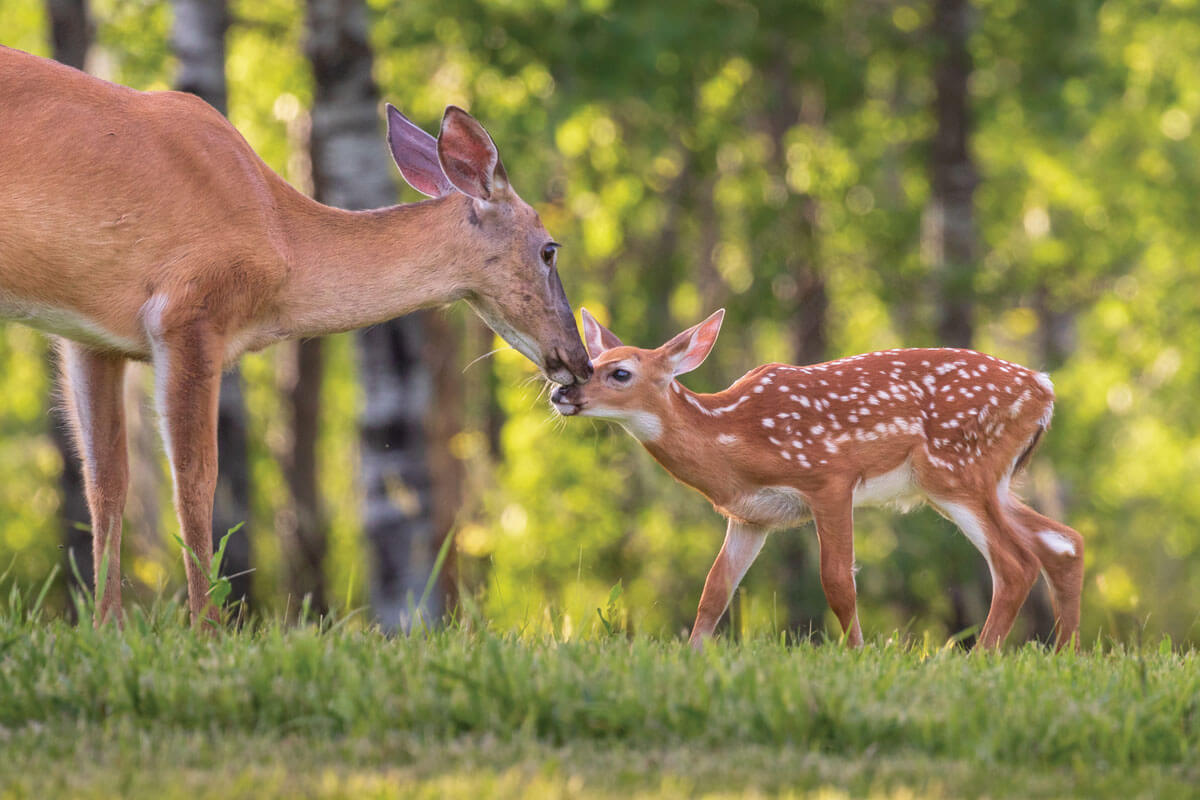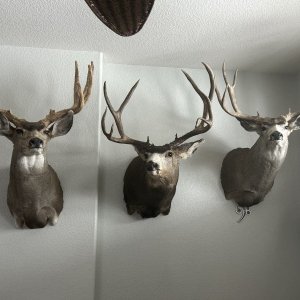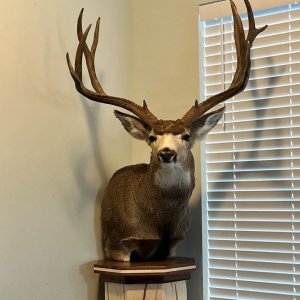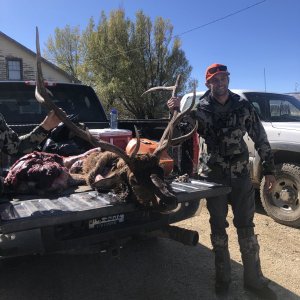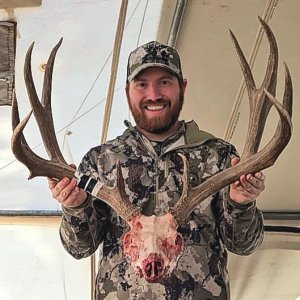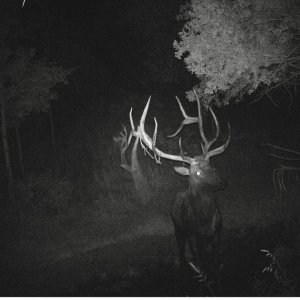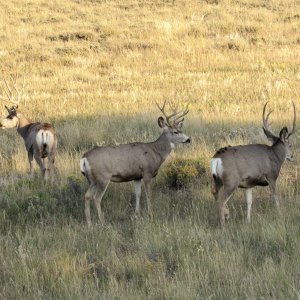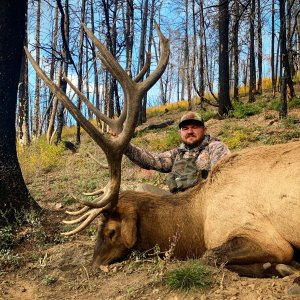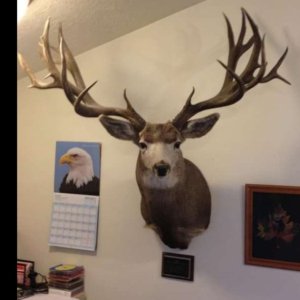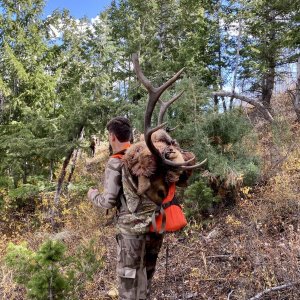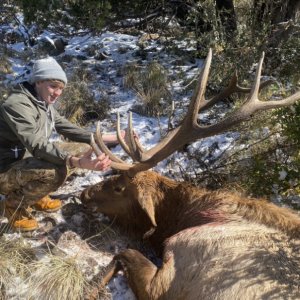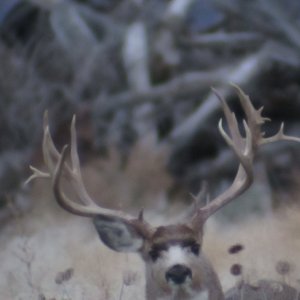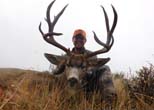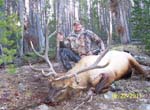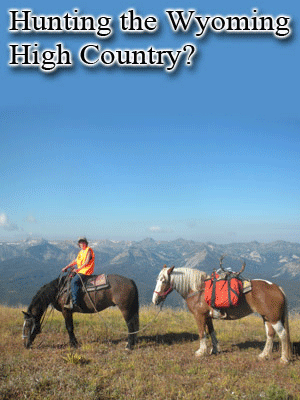Here's a link to a recent update on the WG&F website in regard to CWD testing and prevalence the past 3 years in Wyoming.
There were 6701 deer tested in 2022 with 826 positive cases (12%).
In 2021 there were 6884 tested and 839 positives (12%).
In 2020 there were 6496 tested and 829 positives (13%).
"Wyoming Game and Fish’s CWD surveillance program focuses on different deer and elk herd units each year. Additionally, the number of positives is proportional to the prevalence of CWD in the particular herd unit surveyed."
“We can say that the prevalence of CWD is slowly increasing in many deer and elk herd units in the state,” Jennings-Gaines said. “The western half of Wyoming has several deer hunt areas where CWD has not been detected, however the disease continues to spread west and was detected in two new deer and five new elk hunt areas last year.”
Similar to Colorado where CWD was first detected over 40 years ago, there are healthy deer doing just fine and well in the worse CWD hotspots. There are still healthy mature bucks found in Colorado units where CWD first was detected, even though the CWD's current recommendation is to place hunting pressure on older age class bucks with rut rifle season dates. My guess is that older age class bucks carry the best genetics in the herd with possibly resistance to disease. Why the heck place more hunting pressure on older age class bucks?
My guess is that live deer "carriers" with CWD that potentially were weaker in health may have died in areas this winter in Wyoming that had extreme winter conditions and winterkill. It will be interesting to see if the CWD prevalence rates decrease in those units this coming year. In one respect, the tough winter in SW Wyoming may be a blessing? CWD prions last in the soil for years and years so a tough winter may just delay the inevitable spread.
It isn't surprising that CWD continues to slowly spread in Wyoming and there were 2 new units with positives. The sky isn't falling down and there still has never been epidemic losses of deer anywhere in Wyoming, Colorado, or across the United States from CWD.
Sometimes mother nature has ways to overcome sickness, weakness, and disease (tough winters, predators, resistance, improved health of does/fawns, etc).
Wildlife health lab tests more than 6,000 CWD samples in 2022 | Wyoming Game & Fish Department
The Wyoming Game and Fish Department’s Wildlife Health Laboratory tested 6,701 samples from big game animals for chronic wasting disease (CWD) in 2022. Testing was completed earlier this year and samples were submitted from throughout the state. CWD was not detected in 5,875 samples and 826...
wgfd.wyo.gov
There were 6701 deer tested in 2022 with 826 positive cases (12%).
In 2021 there were 6884 tested and 839 positives (12%).
In 2020 there were 6496 tested and 829 positives (13%).
"Wyoming Game and Fish’s CWD surveillance program focuses on different deer and elk herd units each year. Additionally, the number of positives is proportional to the prevalence of CWD in the particular herd unit surveyed."
“We can say that the prevalence of CWD is slowly increasing in many deer and elk herd units in the state,” Jennings-Gaines said. “The western half of Wyoming has several deer hunt areas where CWD has not been detected, however the disease continues to spread west and was detected in two new deer and five new elk hunt areas last year.”
Similar to Colorado where CWD was first detected over 40 years ago, there are healthy deer doing just fine and well in the worse CWD hotspots. There are still healthy mature bucks found in Colorado units where CWD first was detected, even though the CWD's current recommendation is to place hunting pressure on older age class bucks with rut rifle season dates. My guess is that older age class bucks carry the best genetics in the herd with possibly resistance to disease. Why the heck place more hunting pressure on older age class bucks?
My guess is that live deer "carriers" with CWD that potentially were weaker in health may have died in areas this winter in Wyoming that had extreme winter conditions and winterkill. It will be interesting to see if the CWD prevalence rates decrease in those units this coming year. In one respect, the tough winter in SW Wyoming may be a blessing? CWD prions last in the soil for years and years so a tough winter may just delay the inevitable spread.
It isn't surprising that CWD continues to slowly spread in Wyoming and there were 2 new units with positives. The sky isn't falling down and there still has never been epidemic losses of deer anywhere in Wyoming, Colorado, or across the United States from CWD.
Sometimes mother nature has ways to overcome sickness, weakness, and disease (tough winters, predators, resistance, improved health of does/fawns, etc).
Last edited:

